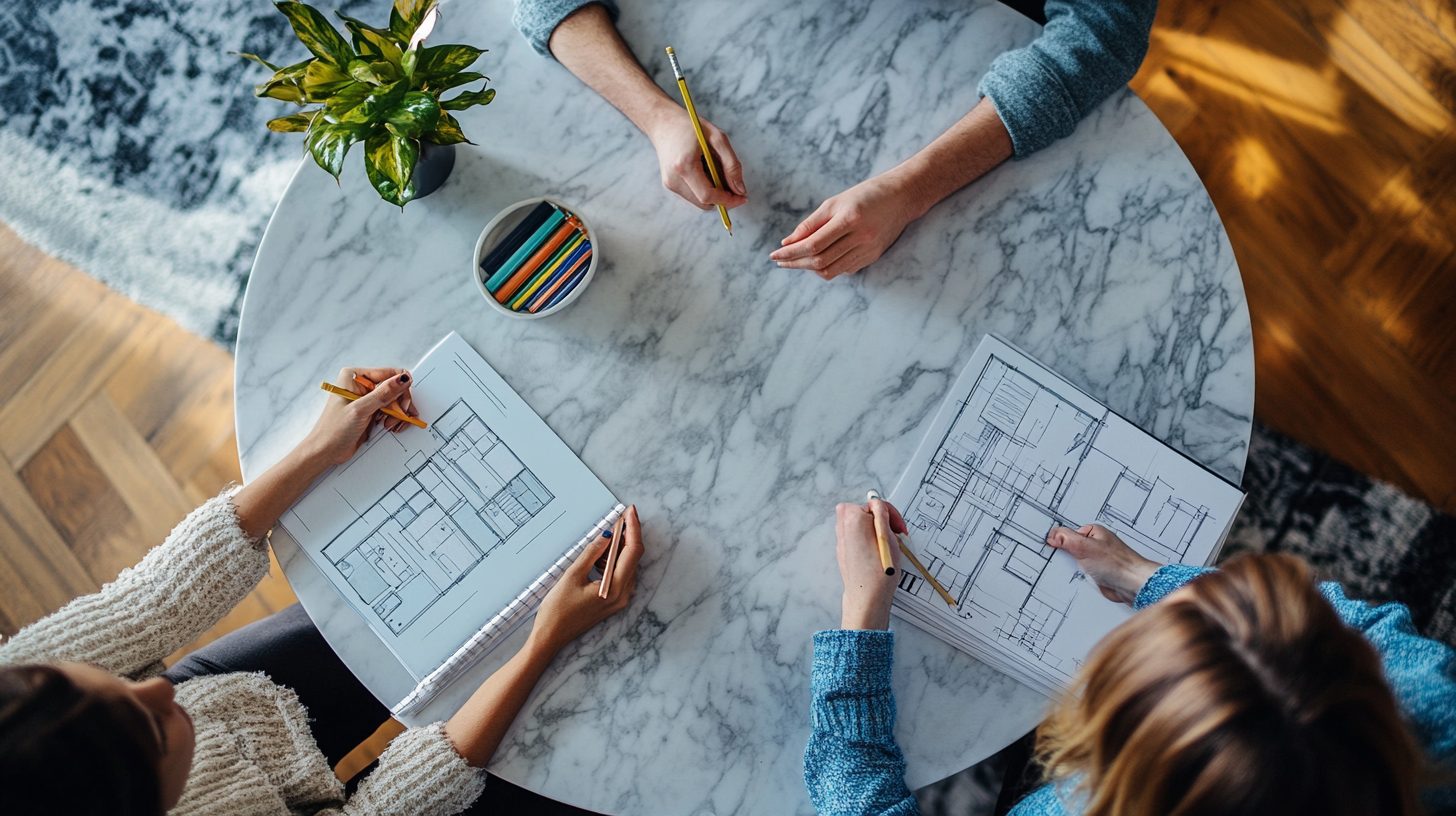
How to Choose the Right Interior Designer for Your Home in India
When you step into your home, it should feel like a haven—an environment that not only mirrors your personality but also serves as a practical, beautiful space where every detail matters. Whether you’re a homeowner, villa owner, apartment dweller, or someone considering interior design or architectural consultancy for your residential project, finding the perfect interior designer in India can be a game-changer. Today, I’m going to walk you through every step of this journey, blending expert advice with relatable insights to ensure your design project is smooth, stylish, and stress-free.
1. Introduction
Imagine walking into your dream living room: natural light pouring in through large windows, tasteful décor blending modern sophistication with a hint of tradition, and every corner reflecting your personality. Interior designers do more than just rearrange furniture—they transform spaces into reflections of who you are and how you live.
The Importance of Choosing the Right Designer
Transforming Spaces:
Interior designers are akin to storytellers. They read your story, interpret your needs, and weave them into the fabric of your home.
A good designer doesn’t just create a beautiful space; they create a space that feels uniquely yours.
Growth of the Interior Design Industry in India:
The interior design industry in India is booming. With a rich cultural heritage fused with modern trends, the industry offers a plethora of styles—from minimalist urban lofts to vibrant, traditional homes.
This growth means that you have access to a diverse pool of talented designers who can cater to every style and budget.
Risks of Hiring an Incompatible Designer:
Choosing the wrong designer can lead to headaches such as budget overruns, style clashes, or even an outcome that leaves you with a home that feels more like a showroom than a personal sanctuary.
Hence, it’s essential to take your time, assess your needs, and choose someone who truly aligns with your vision.
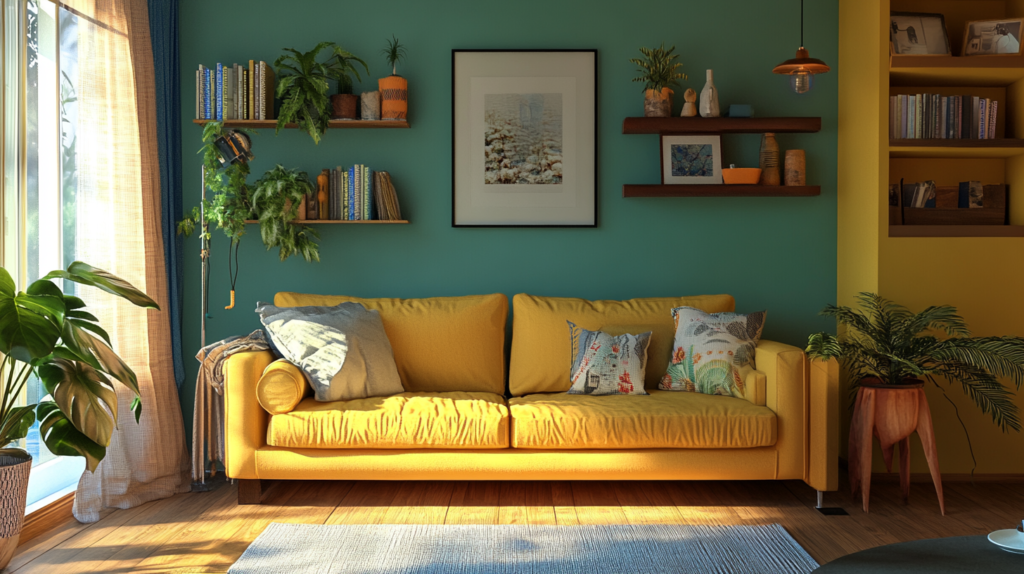
2. Step 1: Understand Your Needs & Preferences
Before you start browsing portfolios or scheduling consultations, take a deep breath and get clear on what you truly want for your home.
Assess Your Style
Identify Preferred Aesthetics:
Start by asking yourself: do you lean towards modern, traditional, eclectic, or perhaps a fusion of styles?
This isn’t just about the furniture or the décor—it’s about creating an ambiance that resonates with your lifestyle.
Modern: Clean lines, minimalist décor, and a focus on functionality.
Traditional: Rich textures, ornate detailing, and a timeless appeal.
Eclectic: A mix of both modern and traditional, with an emphasis on personality and uniqueness.
Use Inspiration Tools:
Explore Pinterest boards, browse through home décor magazines, or even take a leisurely scroll through Instagram.
Save images that catch your eye and note what exactly appeals to you. Over time, you’ll start to see patterns in your preferences.
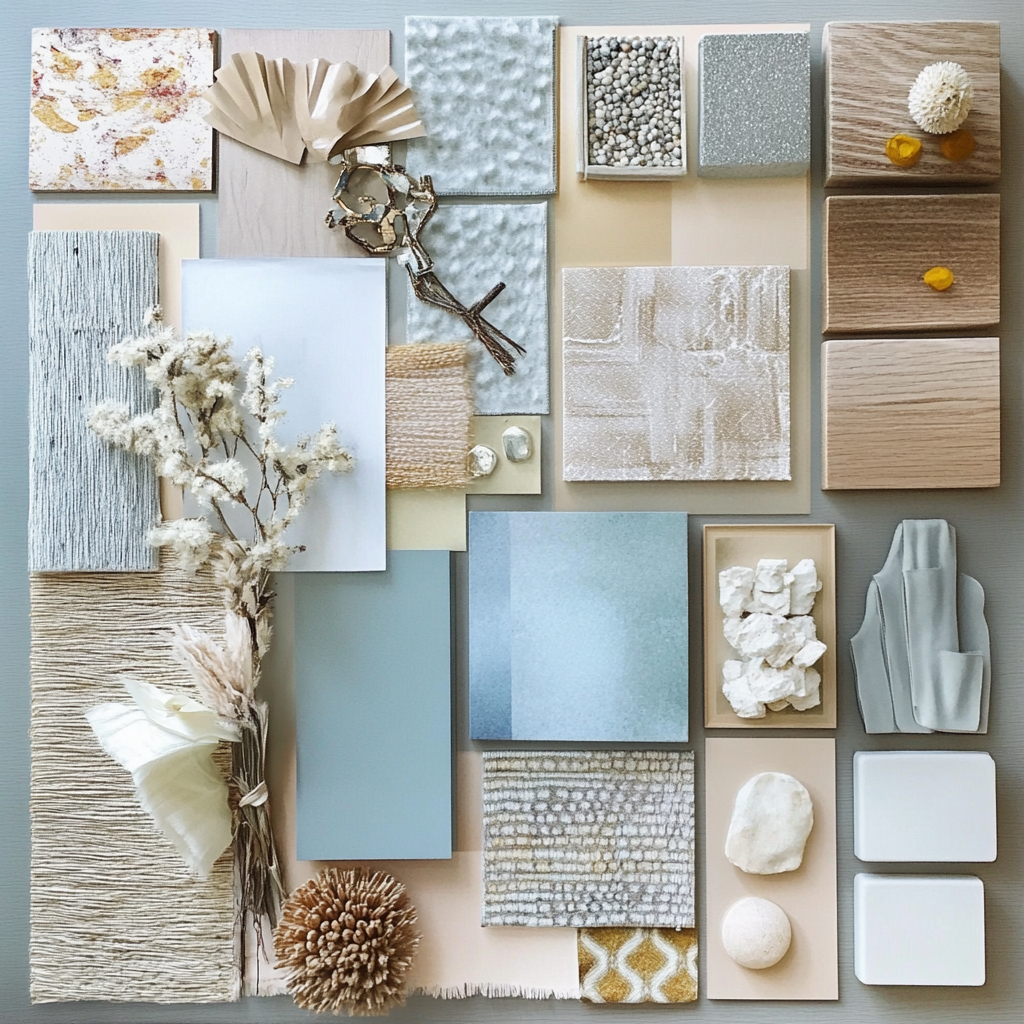
Define Your Project Scope
Room-by-Room Planning:
Determine which parts of your home need a makeover. Is it your entire house, or just a specific area like the living room, kitchen, or bedroom? Having a clear idea of the scope will help both you and your designer stay on track.
Budget Range:
Discussing a budget at the outset is crucial. Whether you have a modest plan or are ready to invest in a luxury transformation, setting a realistic budget ensures that your project remains financially viable. Consider creating a simple table to compare estimated costs:
| Room/Area | Estimated Cost (INR) | Priority Level |
|---|---|---|
| Living Room | 5,00,000 – 8,00,000 | High |
| Kitchen | 3,00,000 – 5,00,000 | Medium |
| Bedroom(s) | 4,00,000 – 7,00,000 | High |
| Outdoor Spaces | 2,00,000 – 4,00,000 | Low/Medium |
Timeline:
Consider when you want the project completed. Some projects might require quick turnarounds while others can unfold more leisurely. Make sure your designer is aware of any time constraints.
Functional Requirements
Your home should serve as a functional space for your everyday life. Think about:
Storage Solutions: Extra storage might be a necessity if you have a large collection of books, gadgets, or seasonal items.
Family-Friendly Designs: If you have children or elderly family members, safety and accessibility become paramount.
Work-from-Home Spaces: With the rise in remote work, having a designated, comfortable home office might be more important than ever.
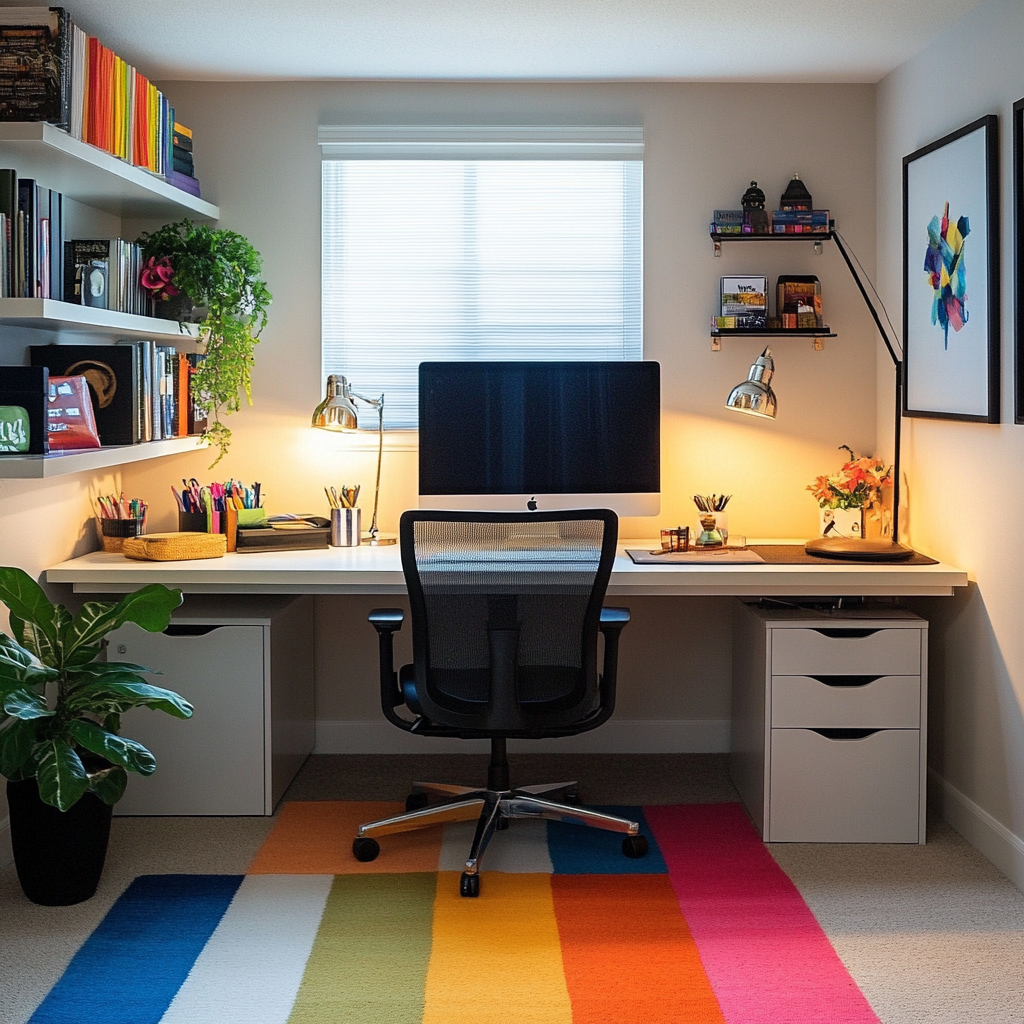
3. Step 2: Research Potential Designers
Now that you’re clear on what you want, it’s time to dive into the search for your ideal interior designer.
Where to Look
Online Platforms:
Platforms such as Houzz, Instagram, and Livspace are treasure troves of design inspiration and professional profiles.
You can browse through images of completed projects, read client reviews, and even get a sense of the designer’s aesthetic.
Houzz: Known for its extensive portfolio and detailed project reviews.
Instagram: A visual delight where you can follow your favorite designers and see behind-the-scenes peeks into their creative process.
Livspace: Offers a curated list of interior designers along with project details and pricing insights.
Local Directories and Recommendations:
Sometimes the best finds are closer to home. Ask friends, family, or colleagues for recommendations.
Local directories and real estate agents might also have valuable insights into which designers are making waves in your area.
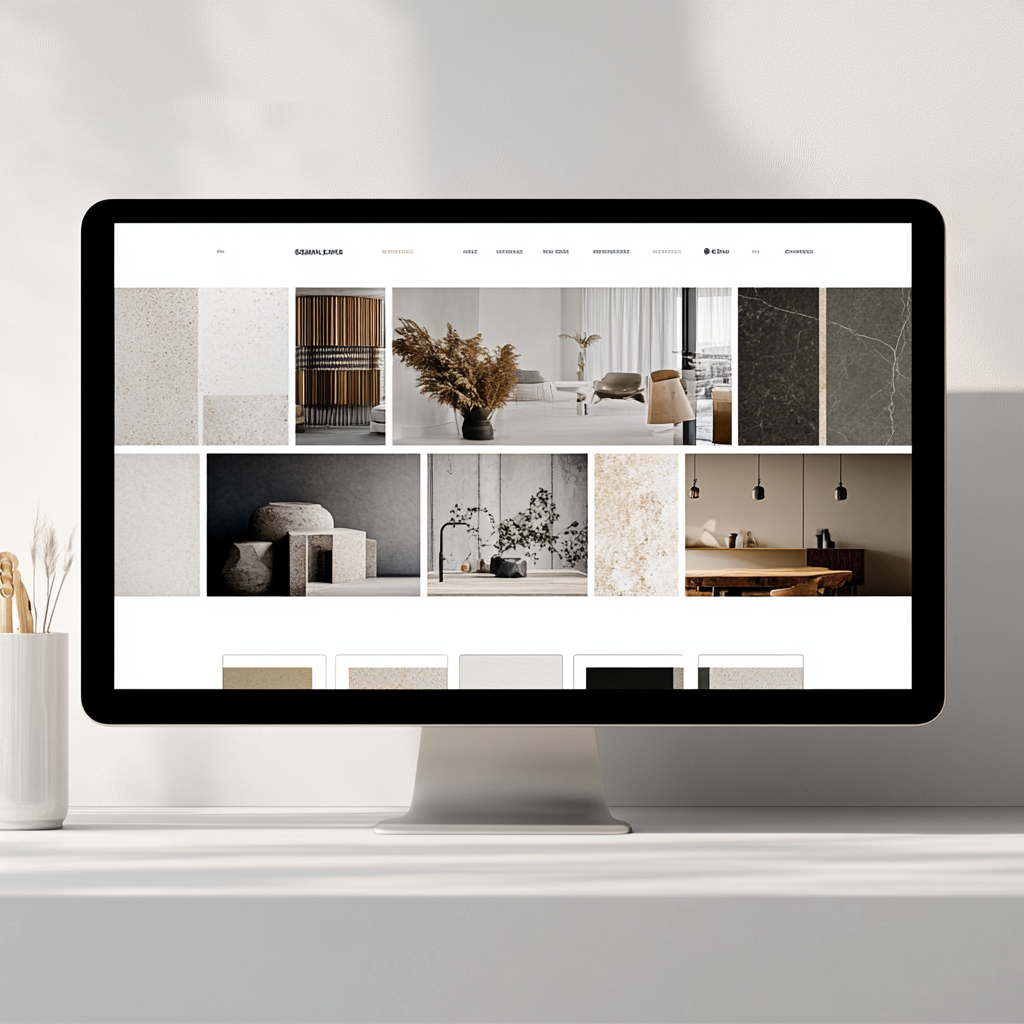
Check Credentials
Before you invest your time and money, ensure the designer has the necessary qualifications:
Certifications: Look for memberships or certifications from reputed organizations like IIID (Indian Institute of Interior Designers) or CIDA (Certified Interior Designers Association).
Experience: More years in the field often translate to a wealth of knowledge. However, don’t disregard fresh talent if their portfolio aligns with your taste.
Client Reviews: Word-of-mouth remains a powerful tool. Positive reviews and testimonials from previous clients can provide reassurance about the designer’s reliability and quality of work.
Quick Tip: Always cross-check online reviews with direct references to ensure you’re getting an honest perspective.
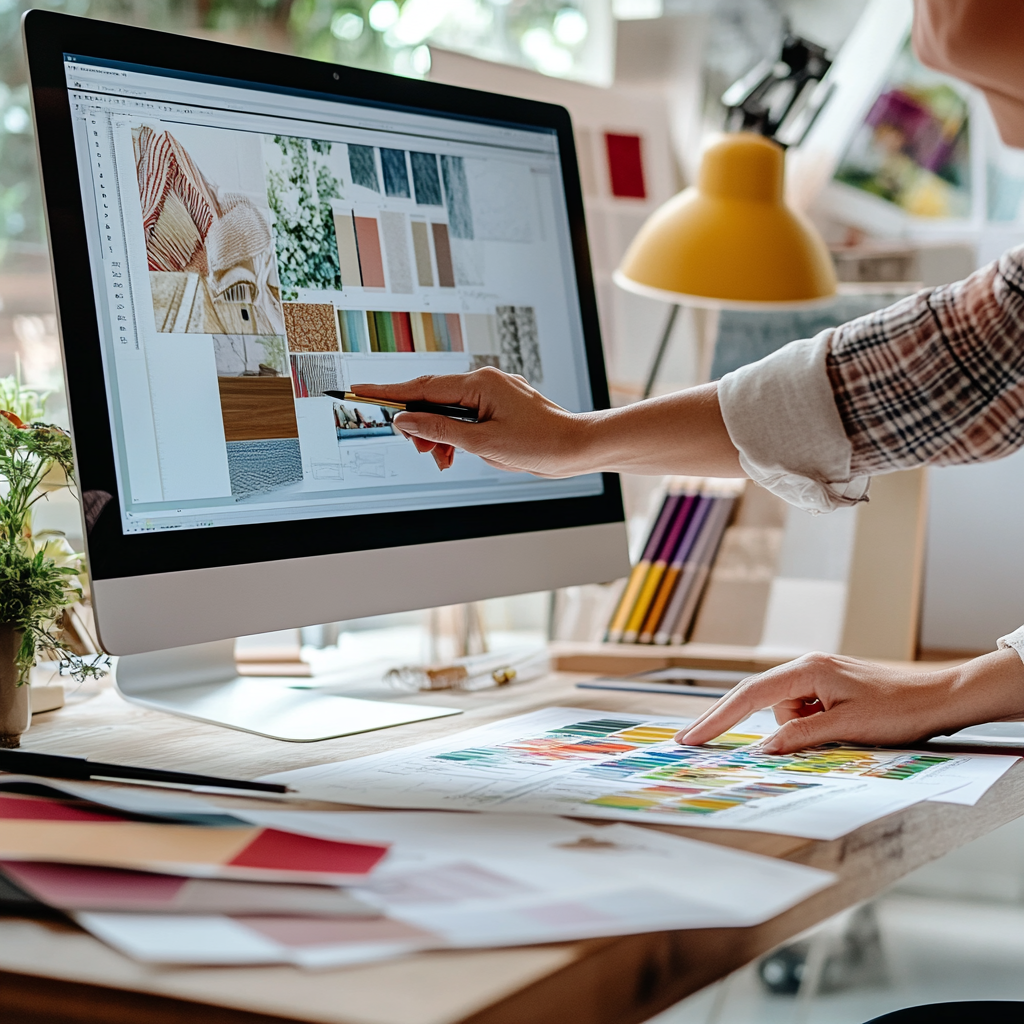
4. Step 3: Evaluate Portfolios
Evaluating portfolios is like browsing through a designer’s personal diary—it reveals their style, attention to detail, and ability to adapt to different spaces.
What to Look For
Diversity in Projects:
A portfolio that spans a range of projects—from cozy apartments to sprawling villas—indicates versatility. Look for consistency in quality and a clear understanding of how each project was tailored to the client’s needs.
Alignment with Your Style:
Identify projects in the portfolio that resonate with your preferred aesthetics. Does the designer excel in creating modern, minimalistic spaces? Or do they thrive in environments rich with traditional charm? Your eye for style should guide you in determining if they’re the right match.
Quality of Finishes and Attention to Detail:
High-quality finishes, smart use of materials, and the thoughtful placement of accents can elevate a design from good to great. Notice the small details like lighting fixtures, textiles, and custom-made furniture that make a space truly stand out.
Ask the Right Questions
When you come across a portfolio that interests you, don’t hesitate to reach out to the designer with specific queries:
“Can you share a project similar to my requirements?”
This helps you understand if they’ve handled similar challenges and can replicate the style you envision.
“How do you handle design challenges?”
Every project has its quirks. Learn about their problem-solving strategies and how they adapt when plans change unexpectedly.
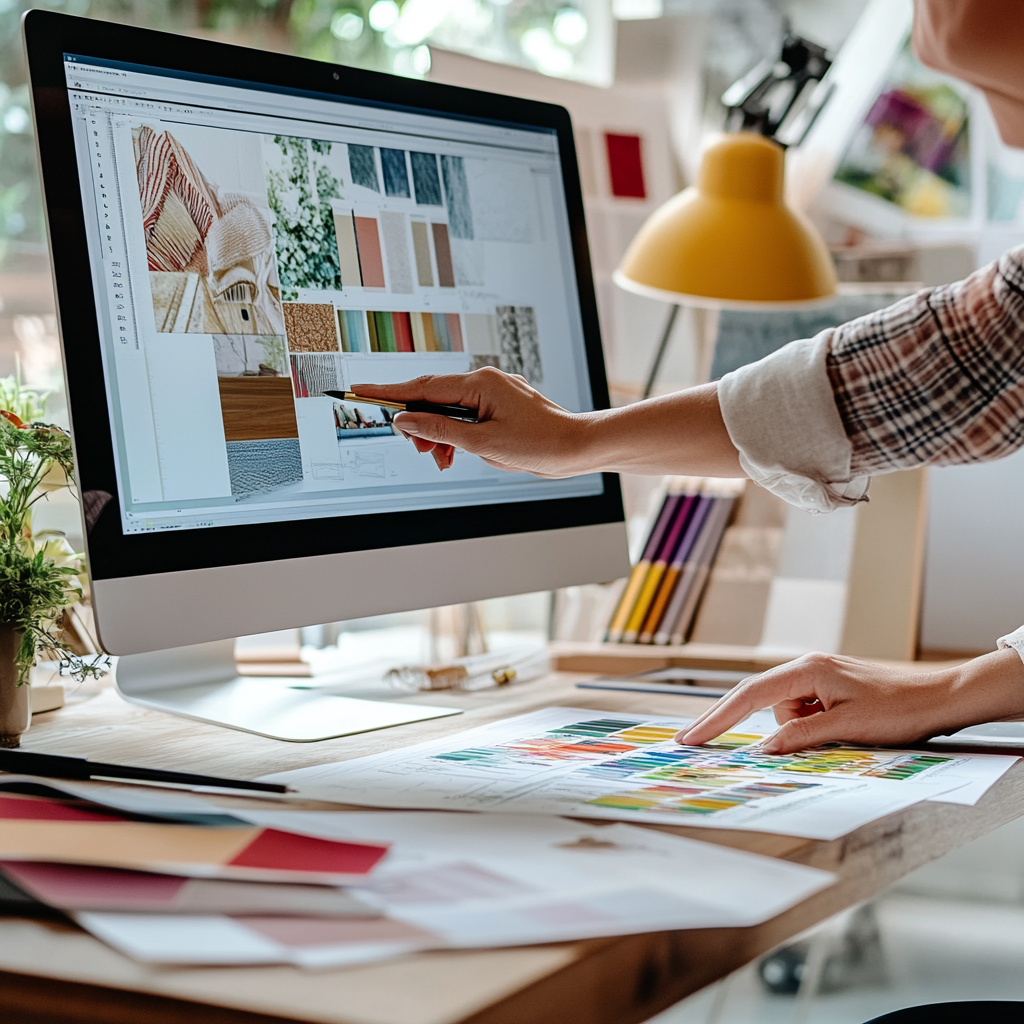
5. Step 4: Schedule Consultations
Once you’ve shortlisted a few potential designers, the next step is to have face-to-face or virtual consultations. This phase is crucial to gauge compatibility and communication.
Prepare for the Meeting
Clarify Consultation Fees:
Some designers offer free initial consultations, while others might charge a fee. Make sure you clarify this in advance to avoid any surprises.
Organize Your Thoughts:
Bring along your inspiration boards, a list of must-haves, and even your budget outline. This preparation will help you articulate your vision clearly and make the most of your meeting time.
Key Questions to Ask
During your consultation, ensure you cover the following:
“What’s your design process?”
Understanding their workflow—from the initial concept to project completion—can help set realistic expectations.
“How do you manage timelines and budgets?”
This will give you an insight into how they handle project management and whether they’re organized and transparent.
“Can you explain your fee structure?”
Get clarity on pricing models (e.g., percentage of project cost, flat fee) and ensure there are no hidden costs.
Assessing Communication
Effective communication is the backbone of any successful design project. Pay attention to:
Responsiveness:
How quickly do they reply to your inquiries? A prompt response often reflects professionalism.
Clarity:
Are they clear and straightforward in their explanations, or do they tend to use jargon?
Willingness to Collaborate:
You want a designer who listens to your ideas and is open to discussion, not someone who imposes their own vision without considering your input.

6. Step 5: Discuss Budget & Contracts
Money matters can be a sensitive topic, but addressing them early on is vital to prevent any future misunderstandings.
Budget Transparency
Understanding Pricing Models in India:
In India, interior designers might work on various pricing models:
Percentage of Project Cost:
Often, designers charge a percentage of the total project cost. This model can work well if you’re planning a large-scale transformation.
Flat Fee:
A predetermined fee for the entire project can sometimes provide more financial predictability.
Hourly Rates:
For smaller projects or consultation services, some designers might charge by the hour.
Negotiation Tips:
Be upfront about your budget and see if the designer can offer suggestions that align with it.
Avoid compromising quality just to cut costs. Sometimes, investing a little more upfront can save you headaches and extra expenses later.
Contract Essentials
A well-drafted contract is your safety net. Here’s what you should ensure is included:
Payment Schedules:
Clearly defined milestones tied to payments help ensure both parties are on the same page.
Deliverables:
Outline what you can expect at each stage—conceptual drawings, material samples, and final execution.
Termination Clauses:
Understand the conditions under which either party can end the contract. Transparency here builds trust.
| Pricing Model | Description | Pros | Cons |
|---|
| Percentage of Project Cost | Fee is a percentage of the total cost | Scales with project size | Can be unpredictable |
| Flat Fee | One fixed fee for the entire project | Clear budgeting | May not cover extra work |
| Hourly Rate | Charges based on time spent | Flexible for small tasks | Can add up quickly |
7. Step 6: Check References & Past Work
Even if a designer’s portfolio looks impressive online, there’s nothing like hearing it from someone who’s been there, done that.
Requesting References
What to Ask Previous Clients:
Reliability: Was the project delivered on time?
Problem-Solving: How did the designer handle unexpected issues?
Post-Completion Support: Were any follow-ups or adjustments offered after the project ended?
These questions help you gauge not only the quality of the work but also the designer’s professionalism and commitment.
Visit Completed Projects (If Possible)
Whenever you have the chance, visit a completed project. There’s a difference between seeing photos online and experiencing the design in person. Pay attention to:
Craftsmanship: Is the quality of work consistent throughout the space?
Design Longevity: Does the design seem timeless, or does it feel like a fleeting trend?
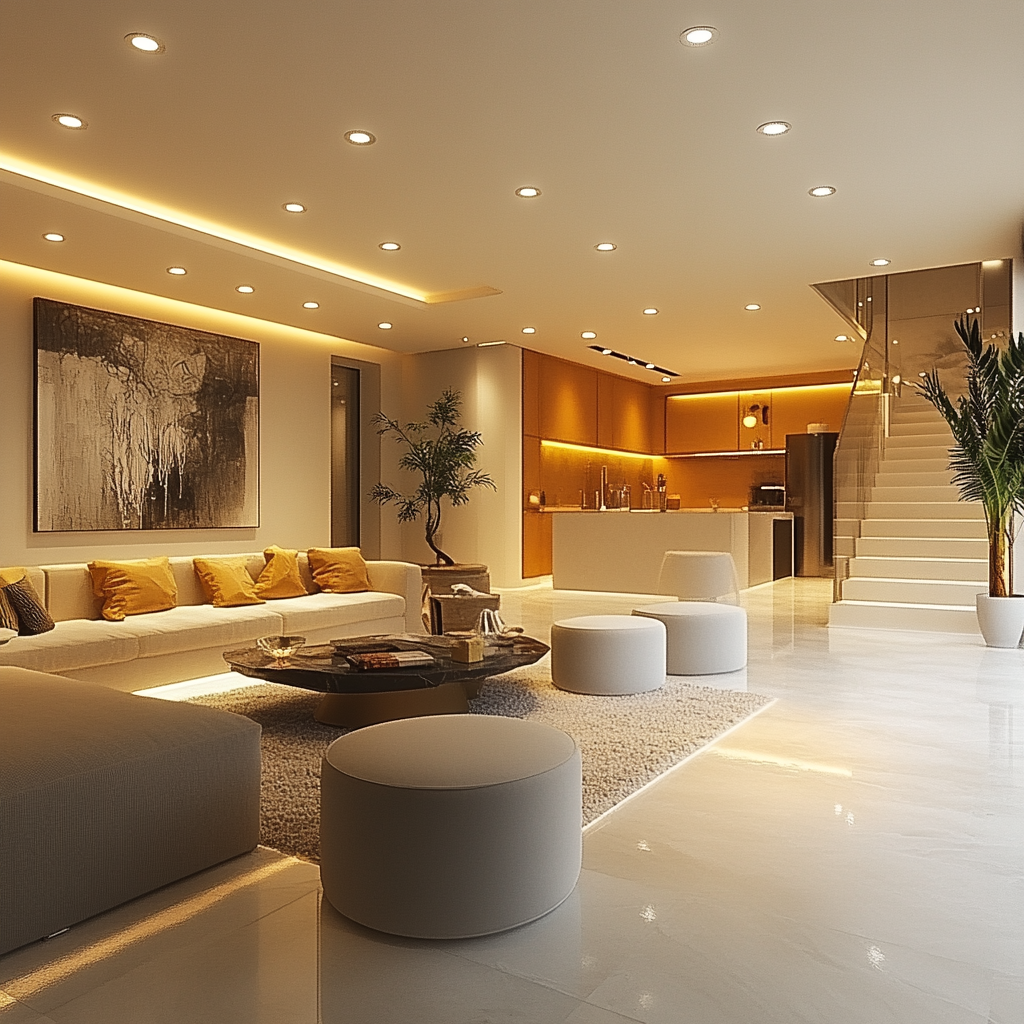
8. Step 7: Trust Your Instincts
At the end of the day, choosing an interior designer is a personal decision. While facts, figures, and credentials are essential, your gut feeling plays a critical role.
Building Personal Rapport
Mutual Respect and Shared Vision:
You’ll be working closely with your designer, discussing ideas and making decisions together.
It’s important to feel comfortable, respected, and understood. If you have that initial spark of connection during your consultation, it’s often a good sign.
Red Flags to Watch Out For
Transparency Issues:
If a designer is vague about costs, timelines, or their process, it might be a sign of potential issues down the road.
Reluctance to Provide Written Contracts:
A professional designer will always be willing to put everything in writing. A refusal to do so can be a major red flag.
Pushy Sales Tactics:
While enthusiasm is great, you don’t want someone who is more focused on making a quick sale than understanding your needs. Trust your instincts—if something feels off, it probably is.
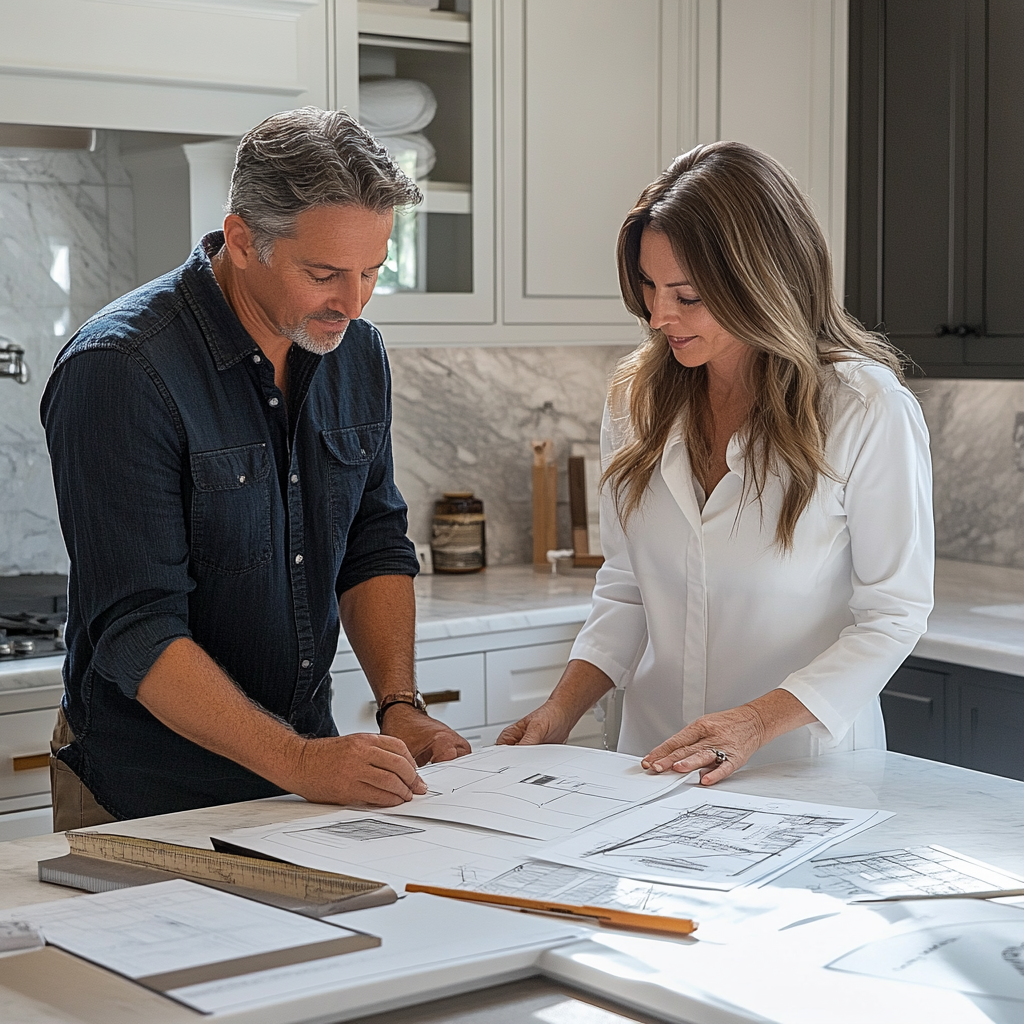
9. Finalizing Your Decision
After you’ve done your research, met with potential designers, and evaluated all the details, it’s time to make your final choice.
Comparison Checklist
Before making a decision, use a comparison checklist to weigh your options:
Style Fit: Does the designer’s past work reflect the style you’re aiming for?
Budget Alignment: Are they within your budget range and transparent about costs?
Communication: How comfortable and responsive are they during consultations?
References: What do past clients say about their reliability and problem-solving abilities?
Consider creating a simple table like the one below to help organize your thoughts:
| Criteria | Designer A | Designer B | Designer C |
|---|---|---|---|
| Style Fit | Excellent | Good | Excellent |
| Budget Transparency | Clear | Some concerns | Very clear |
| Communication | Responsive | Delayed responses | Highly responsive |
| Client References | Highly positive | Mixed reviews | Positive |
Next Steps
Once you’ve made your choice:
Sign the Contract: Review every detail, ask questions, and ensure you understand all terms.
Make Initial Payments: Follow the agreed-upon schedule to get your project underway.
Project Kickoff: Set a date to start the project, and make sure you’re both aligned on timelines and expectations.

10. Conclusion
Recap of Key Insights
Choosing the right interior designer for your home in India is an exciting journey that begins with understanding your own needs and preferences.
From thorough research and portfolio evaluations to personal consultations and trusting your instincts, every step is designed to ensure that your vision comes to life exactly as you imagine it. Remember:
Clarity is key: Know your style, your needs, and your budget.
Research thoroughly: Explore various designers, check credentials, and scrutinize portfolios.
Communication matters: Choose someone who listens, collaborates, and communicates clearly.
Trust yourself: Your intuition is invaluable in ensuring a harmonious partnership.
Call-to-Action
Now, I’d love to hear from you! Have you ever worked with an interior designer who transformed your home?
What were some of the challenges and joys you experienced during the process?
Share your designer search experiences in the comments below and let’s create a community where every home can be a masterpiece.
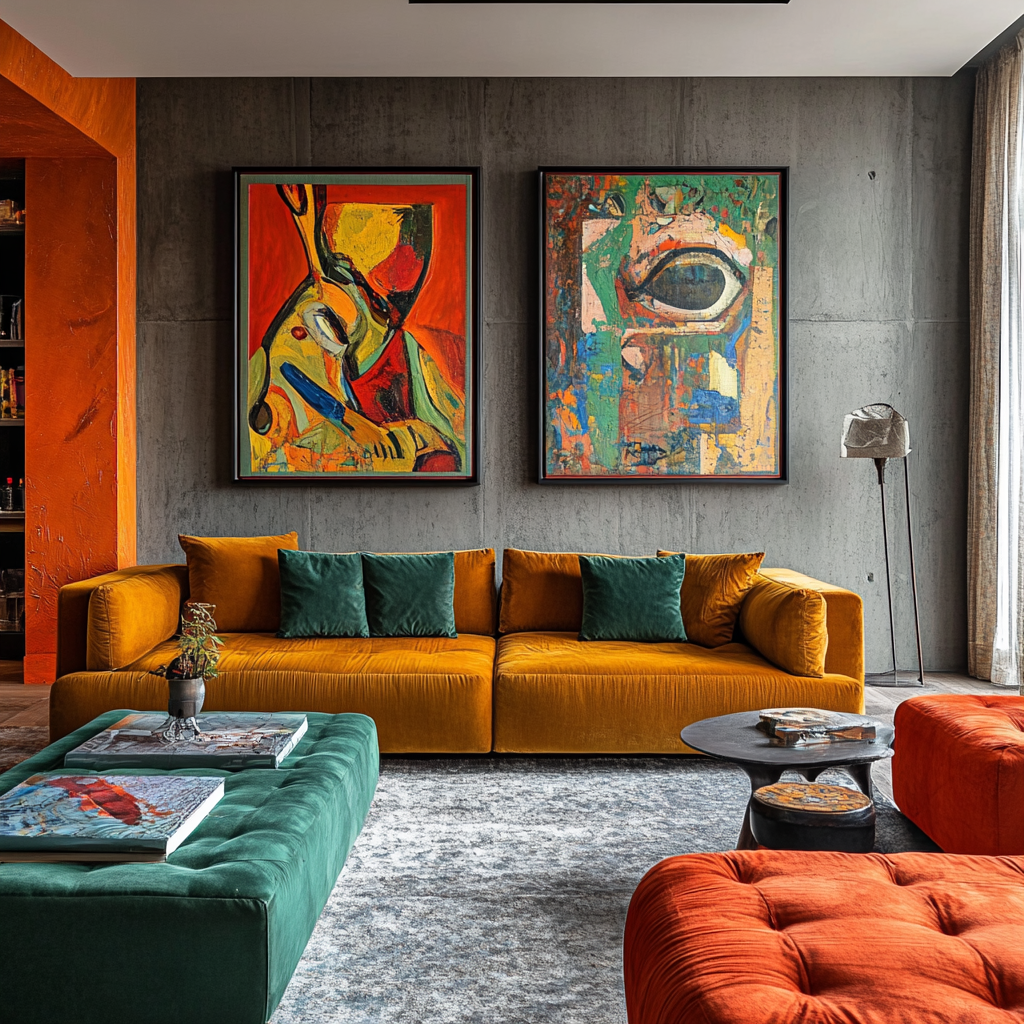
Additional Tips for a Smooth Interior Design Journey
Embrace Modern Trends with a Personal Touch
In India, the design landscape is a unique blend of rich cultural heritage and modern aesthetics.
You can mix traditional elements—like intricate hand-carved woodwork or artisanal textiles—with contemporary designs to create a space that’s both timeless and trendy.
Consider using eco-friendly materials or sustainable practices to give your home a modern yet responsible edge.
Balancing Function and Aesthetics
It’s not just about looking good—it’s about living well. Your home should be a space where beauty meets functionality. Consider:
Multi-functional Furniture: Pieces that serve more than one purpose are ideal for smaller apartments.
Ergonomic Designs: Whether it’s your living room or home office, prioritize comfort without sacrificing style.
Smart Storage Solutions: From built-in wardrobes to creative shelving, smart storage can transform clutter into charm.
Incorporating Technology
Modern interior design increasingly involves smart home technology.
Ask your designer if they have experience integrating tech solutions like automated lighting, climate control, or security systems into their designs.
These features can elevate your home into a seamless blend of beauty and modern convenience.
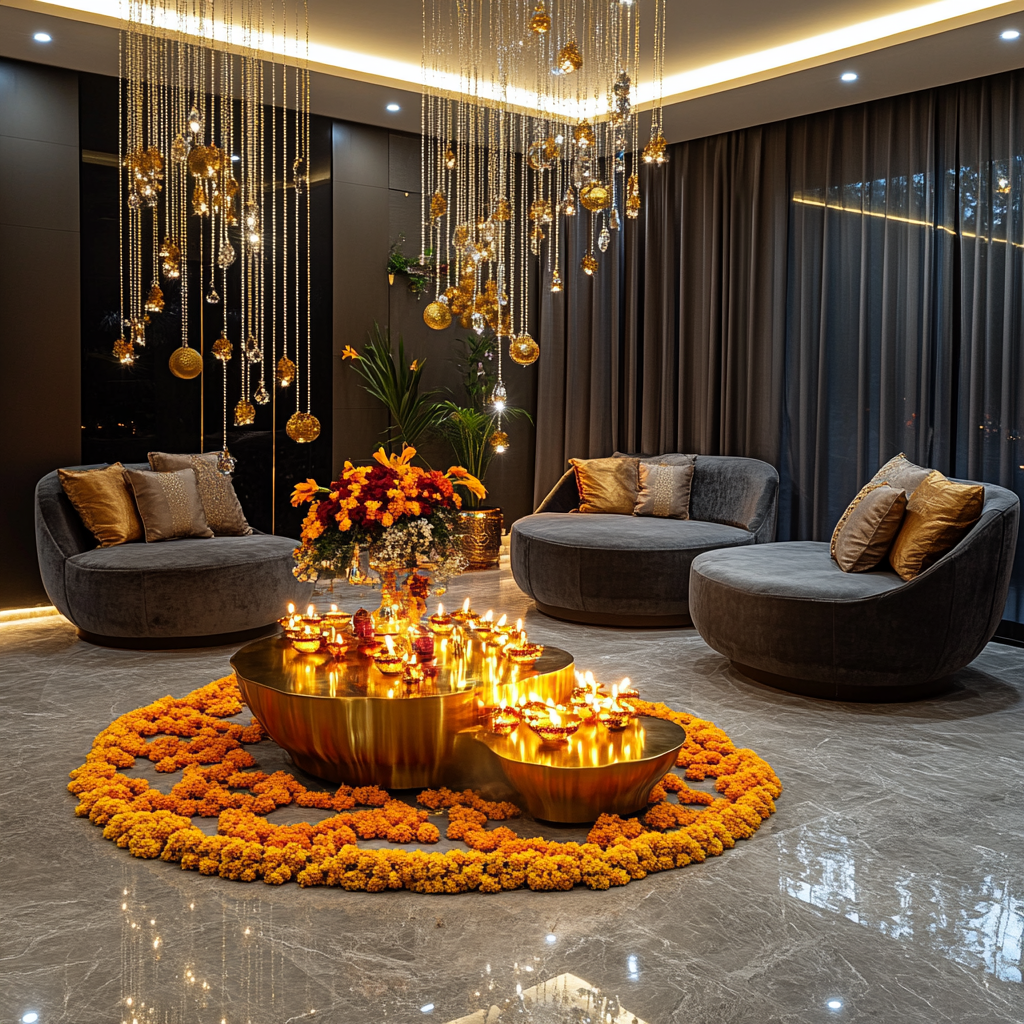
Frequently Asked Questions (FAQs)
Q1: How do I determine my interior design style?
A: Start by exploring online platforms like Pinterest or Instagram, saving images that resonate with you. Look for common elements—colors, textures, furniture styles—and consider how these elements might reflect your personality and lifestyle.
Q2: What should I expect during the initial consultation?
A: Expect to discuss your vision, budget, and timeline. A good designer will ask detailed questions about your daily routines, preferences, and any specific challenges you face with your current space. They should also explain their process and fee structure clearly.
Q3: How can I ensure my budget is respected?
A: Transparency from the beginning is crucial. Ask for a detailed breakdown of costs and how the designer’s fee is structured. A written contract that outlines payment schedules, deliverables, and any contingency clauses can prevent future misunderstandings.
Q4: How do I know if a designer is a good fit for my project?
A: Evaluate their portfolio for diversity and quality. Check references, ask about their experience with similar projects, and trust your gut during consultations. Communication and mutual understanding are key.
Q5: What are some red flags to watch out for?
A: Be cautious if a designer avoids written contracts, is vague about their process or fees, or uses pushy sales tactics. These may indicate potential issues later in the project.
Final Thoughts
Choosing the right interior designer is an investment in your home’s future a decision that affects not only the aesthetic appeal of your space but also its functionality and comfort.
In today’s diverse and dynamic design landscape in India, your perfect match is out there. It’s all about doing your homework, asking the right questions, and ultimately trusting your instincts.
When you find that designer who truly understands your vision, you’ll be well on your way to creating a home that’s not only stylish but deeply personal and inviting.
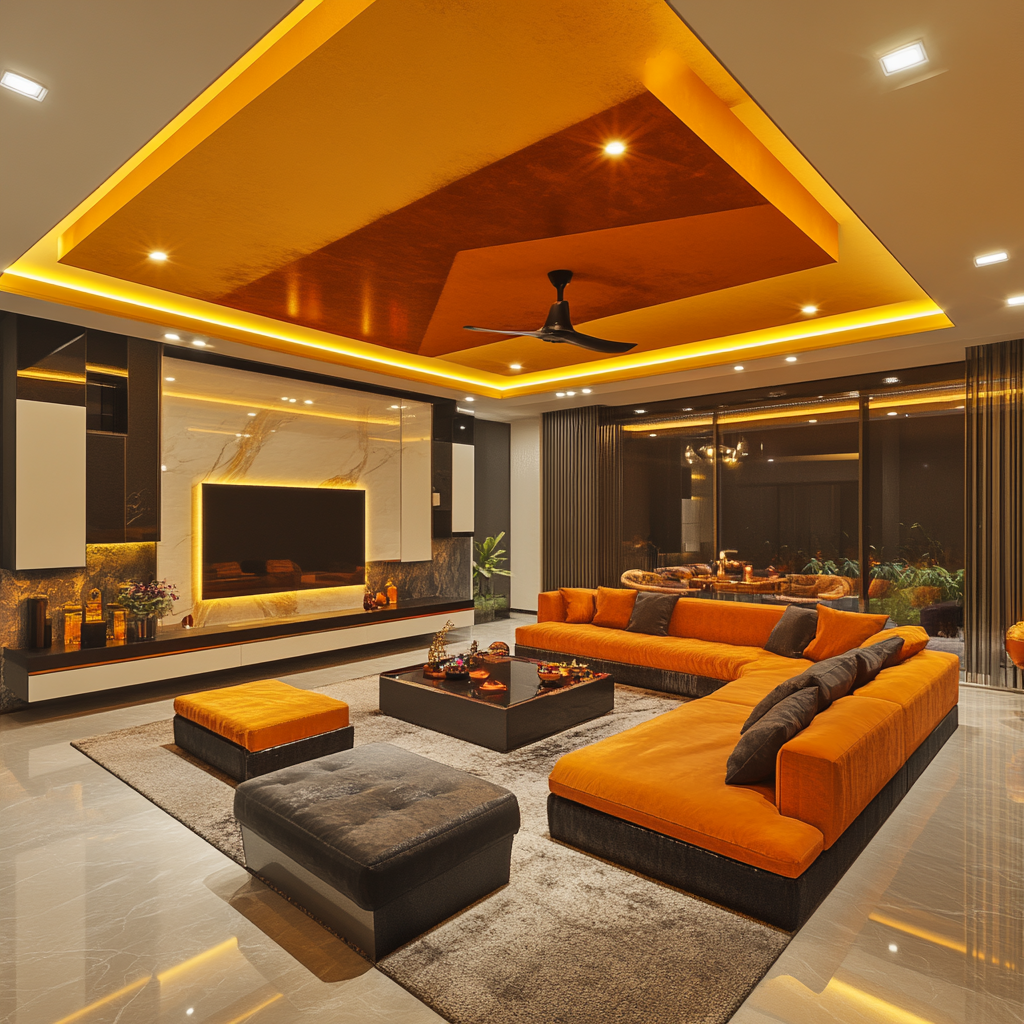
A Personal Note from Me
As someone who has both experienced and observed countless interior transformations, I’ve learned that every home tells a story.
The right interior designer doesn’t just fill a space with beautiful objects they help narrate your life’s story through thoughtful design and careful planning.
Whether you’re embarking on a full-scale renovation or just looking for a few tweaks to refresh your living space, the journey is as rewarding as the destination.
I hope these insights empower you to make decisions that not only enhance your home’s aesthetic but also add value to your everyday life.
In Summary
Choosing the right interior designer for your home in India is a journey that starts with knowing yourself your style, your needs, and your vision for the future.
By following the steps outlined above—understanding your needs, researching and evaluating designers, discussing budgets and contracts, checking references, and finally trusting your gut you set yourself up for a successful design project that results in a space that is truly your own.
I encourage you to take these steps at your own pace. Design is as much about the process as it is about the final product.
When you’re ready, start your search, set up that consultation, and watch your dream home come to life. And remember, every design journey is unique what matters most is that you enjoy the process and feel at home in the end.
Conclusion
In today’s fast-evolving design scene, where trends shift and personal tastes evolve, your home remains your most significant investment in comfort and happiness.
Whether you’re looking to revamp a single room or overhaul your entire residence, the right interior designer can make all the difference.
They’ll help you navigate challenges, stay within your budget, and create a space that reflects not just your style, but your life.
So, what are you waiting for?
Share your stories, ask your questions, and let’s embark on this creative journey together. Your dream home is just a decision away.

Leave a Reply